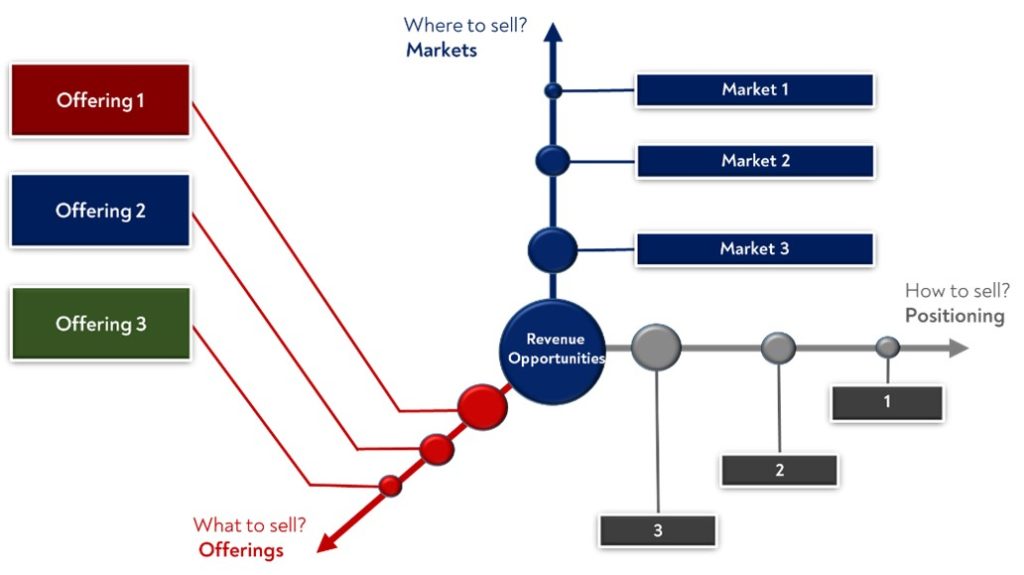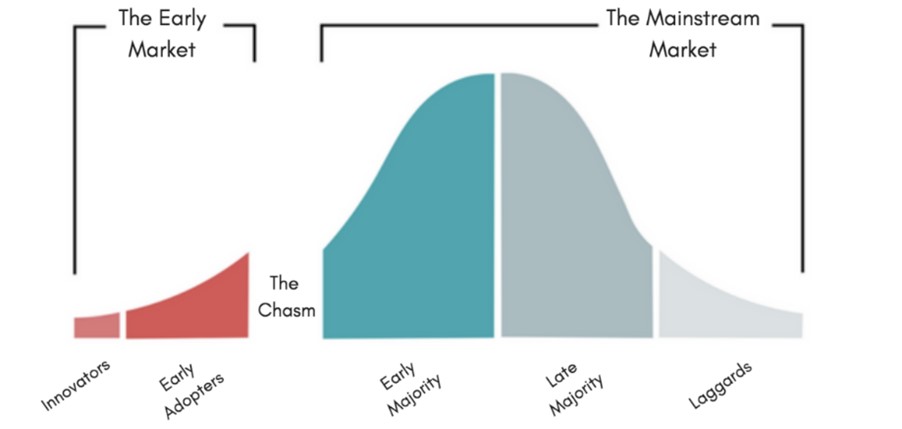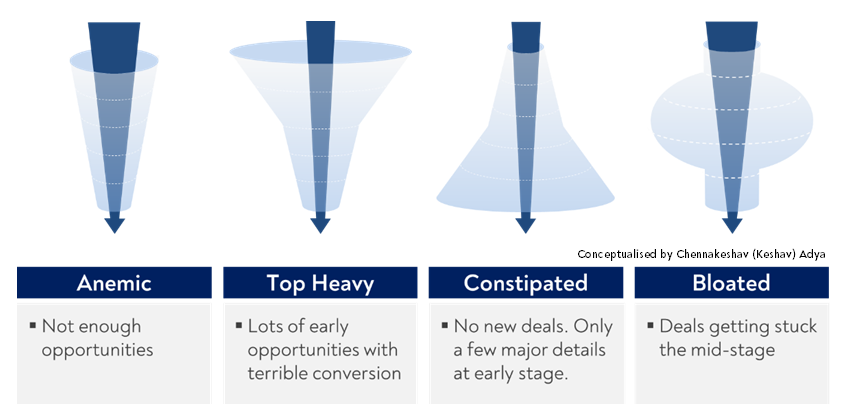In these unprecedented times of (using the word unprecedented) uncertainty, many of us are contemplating taking the leap of faith and becoming a fulltime entrepreneur. A lot of people can build a product, but really figuring out what your market is and how to reach them is the biggest obstacle to LIFT your venture off the ground is the key to success. Take a look at Quibi (RIP 2020-2020), where a convergence of factors led to it burning $2 billion.
As noted in my previous blog (Stories from the CRYPT), the market is unforgiving, unemotional and brutal. Here’s a quick recap:
- When a great team meets a lousy market, the market wins
- When a lousy team meets a great market, the market wins
- When a lousy team meets a lousy market, the market wins
- When a great team meets a great market, great things happen

Epiphanies with the Product-Market fit
- Bigger than the Product-Market fit is the Market-Product fit.
- Product-Market fit is often mistaken as problem-solution fit. The founders should measure how much the customer segment needs the product (your product), and not just how much the market needs the solution (generic).
- Product-Market fit cannot be tracked as binary measures, but instead should be the percentage of how the product fits the requirements of a customer.
- Ergo – every market, and hence, every customer segment, requires a different Product-Market fit.
- If you switched off all your marketing initiatives this instant, would the venture still keep growing?” If the answer is yes, however glacial the growth is, yes, you are on track.
- And, yes… keep an eye on the competitors.

The PMF is always in BETA
The Product-Market fit is not a status, not binary, but an ongoing process… It is always in BETA mode. The market needs, the product, and the customers continuously change over a period of time. An alternative approach to think about the Market-Product Fit is a wide spectrum of weak to strong.
Product-Market fit is about the whole company working together and not the marketing team working in isolation or the engineering team inventing new modules and features. Rapid iteration, customer feedback, testing assumptions and product shipping go a long way.
If you can’t find early adopters, you can’t build a business.
As Marc Andreessen once famously said – “The life of any startup can be divided into two parts — before product/market fit and after product/market fit.”

As a founder or product marketeer, your job is simply helping your venture cross “The chasm” – the perilous gap between your early adopters and the mainstream market and making sure the passion, resources and will remain.

It takes a lot of patience, time and effort to find a product-market fit, but the results are more than worth it. The list of steps recommended in millions of textbooks are as follows:
- Determine your Market
- Determine your target customer
- Identify underserved customer needs
- Define your value proposition
- Specify your Minimum Viable Product (MVP) feature set
- Create your MVP prototype
- Test your MVP with customers and provide feedback to the product team
But let’s distil it down to the two most common surveys to validate the market-product fit:
- Sean Ellis’ Product/Market Fit survey – suggests you focus feedback from your product users by starting with a specific survey question:
How would you feel if you could no longer use this product?
- Very disappointed
- Somewhat disappointed
- Not disappointed
- N/A – I no longer use the product
If more than 40% of the survey’s respondents selected “very disappointed” then the venture has a higher likelihood of market/product fit. Until you reach this point, work frugally to achieve the magic metric.
- NPS (Net Promoter Score) – Talk to your customers to check what they are talking about you! Retention, not Growth defines the Product-Market-Fit even more.
Many founders suffer from Premature Escalation (RIP Quibi)
Prematurely scaling up ventures is similar to putting the cart before the proverbial horse…

Founders often confuse Product-Market fit with “growth” using vanity metrics i.e. statistics that look great on paper (e.g. FB likes/comments/follows, # of people in team, # of C-suite advisors on the imaginary board), but don’t really mean anything. And for really early stage ventures, many founders attempt to compute LTV:CAC even before they have any semblance of a repeatable, scalable sales process.
Your customers should be perceived as co-workers and not just customers and should ideally have the same goals as your venture. The only area of focus that matters in the first 18-24 months of a venture is figuring out how to get your product/service in front of the right people and continually take the market feedback back to the product. Iterate as many times as necessary to find the right combination, as shown below:
The Sales Funnel Trap
As a founder, there is an inherent temptation to grow as rapidly as possibly, and increase the size of the sales team at the first signal of traction (revenue). However, there is the fundamental risk that this traction is beginner’s luck and is originating from a particular subset of the market and not the actual market itself. A vicious cycle ensues wherein the more a venture grows, the further away it slips from profitability.

Conclusion: Sell to people with either the pain and/or the money… or better – both.
As Eric Ries, author of The Lean Startup aptly puts it – “New products are inherently hard to launch because both the problem and solution are unknown.” A lot of people can build a product, but really figuring out what your market is and how to reach them is the biggest obstacle to getting a business off the ground.

Parting thoughts till the next blog:
“Normal is an illusion. What is normal for the spider is chaos for the fly.”
#TheZymurgistDiaries #GrowthMindset #Leadership #EntrepreneurialMindset #EntrepreneurialChallenges #covid19times
See more from this series here.
About the author: 24x Founder, 3x Success, 2x VCExit, 19x Failure, 100x Resilient, 14x Sectors, 6x Continents, $2+bn deals originated and advised.
Chennakeshav Adya (Keshav) is an eclectic value creator for mid-sized firms and PE/VC funds on Fund-raising, M&A, growth, corporate strategy and deal-making (currently, as co-founder of Adan Corporate). He is a resourceful entrepreneur with 20+ years of global experience in building businesses from a concept and growing global teams from 2 to 200+.
A deca-lingual, multi-talented zymurgist, Keshav is skilled at using the founder’s mentality and thrives in uncertainty and chaos, directing teams through the “Unknown” in the initial 1-2 years of setting up any type of new venture.
As an Entrepreneur Mentor in Residence (EMiR), Keshav is associated with London Business School’s experiential entrepreneurship activities supporting students and alumni who are interested in pursuing a career in entrepreneurship, whether launching or growing their own ventures.
PS: As a part of the Movember movement, Keshav is raising money towards raising awareness of men’s health issues, such as prostate cancer, and men’s suicide. Suicide in men, as most of us do not know, is the LEADING cause of death among men under 45. That number should feel horrifying because it is horrifying.
The money raised by the Movember movement will help make a tangible difference to the lives of others, through the world’s most promising cancer research and mental health support programs that support adults and their families battling and surviving mental health problems.
Link to donate: https://uk.movember.com/mospace/10132933 . Thank you.
#mentalhealth #prostratecancer #suicide #cancer #movember
